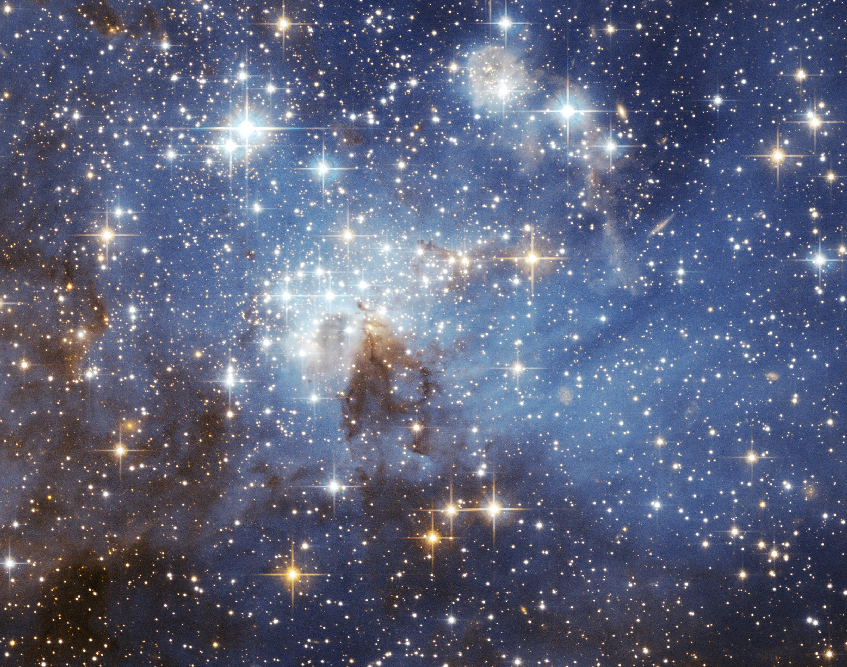As we posted this past Thanksgiving, Venus and the Moon did conjunct and the display was spectacular! Below is a collection of our favorite pictures provided by SpaceWeather.com; they wrote, "When the sun goes down tonight, step outside and look southwest. Venus and the 5% crescent Moon are in conjunction. The two bright celestial bodies look fantastic beaming through the twilight only 3 degrees apart. It's a nice way to end the day." [Each picture is copyright whoever photographed it].
The above photograph was taken in Iran; this conjunction was worldwide noted, as the below picture is from Japan, specifically Hatoyama, Saitama, Japan. Taken by Mitsuo Muraoka. Beneath that, we have from Batet de la Serra, Girona, Catalonia, Spain, Francesc Pruneda's image of the conjunction. "This image was taken with a compact camera Sony DSC-T10 during the Amateur Girona Star party in Batet de la Serra, Girona Spain."
The next image is by Erica Rix from Zanesville, Ohio, US. She wrote, "It was quite a treat just after sunset to view not only the Moon at just 1.71 days old (only 4% illumination) but also to have it only 3° apart from Venus. Mercury was just below the horizon and under the Moon by 1808 EST/2308 UT at the time I took this photo from my front yard looking to the west/southwest. You can just make out the orange-tinted earthshine on the Moon and Venus is shining brilliantly."
The next pictures are a set by David Blanchard, as he wrote: "Very clear skies provided excellent viewing conditions for a conjunction of Venus and the Moon." Robert T. Smith follows the two by David Blanchard.
Adrian New took the next photo, saying: "Thanks to Spaceweather for the reminder of tonights conjunction of the Moon and Venus. It was a beautiful sight near the historic St. Louis Catholic Church built in 1870. Photo taken with a Nikon D200 @ISO 200 and a 1/4 second exposure."
 |
| Thanks to Mohammad Mehdi Asgari |
The above photograph was taken in Iran; this conjunction was worldwide noted, as the below picture is from Japan, specifically Hatoyama, Saitama, Japan. Taken by Mitsuo Muraoka. Beneath that, we have from Batet de la Serra, Girona, Catalonia, Spain, Francesc Pruneda's image of the conjunction. "This image was taken with a compact camera Sony DSC-T10 during the Amateur Girona Star party in Batet de la Serra, Girona Spain."
The next image is by Erica Rix from Zanesville, Ohio, US. She wrote, "It was quite a treat just after sunset to view not only the Moon at just 1.71 days old (only 4% illumination) but also to have it only 3° apart from Venus. Mercury was just below the horizon and under the Moon by 1808 EST/2308 UT at the time I took this photo from my front yard looking to the west/southwest. You can just make out the orange-tinted earthshine on the Moon and Venus is shining brilliantly."
The next pictures are a set by David Blanchard, as he wrote: "Very clear skies provided excellent viewing conditions for a conjunction of Venus and the Moon." Robert T. Smith follows the two by David Blanchard.
Adrian New took the next photo, saying: "Thanks to Spaceweather for the reminder of tonights conjunction of the Moon and Venus. It was a beautiful sight near the historic St. Louis Catholic Church built in 1870. Photo taken with a Nikon D200 @ISO 200 and a 1/4 second exposure."











